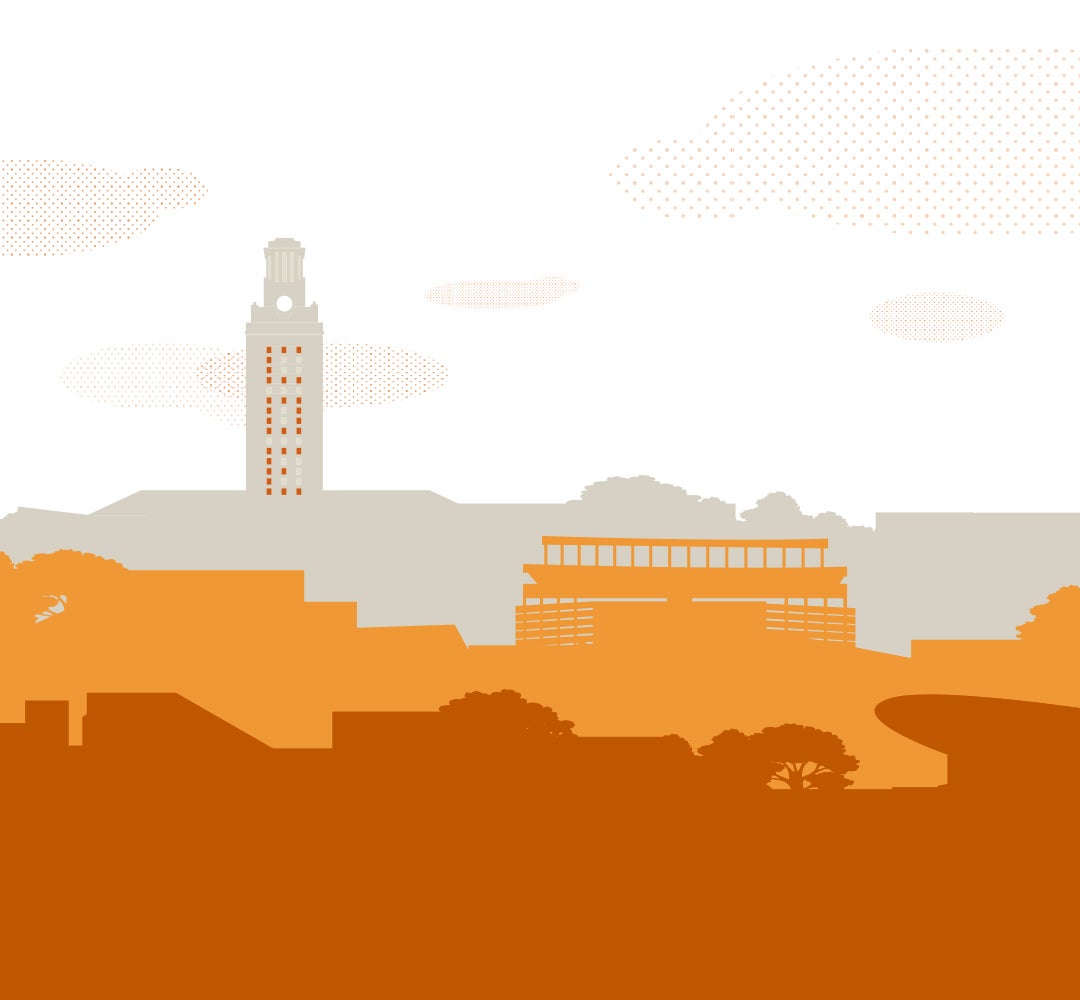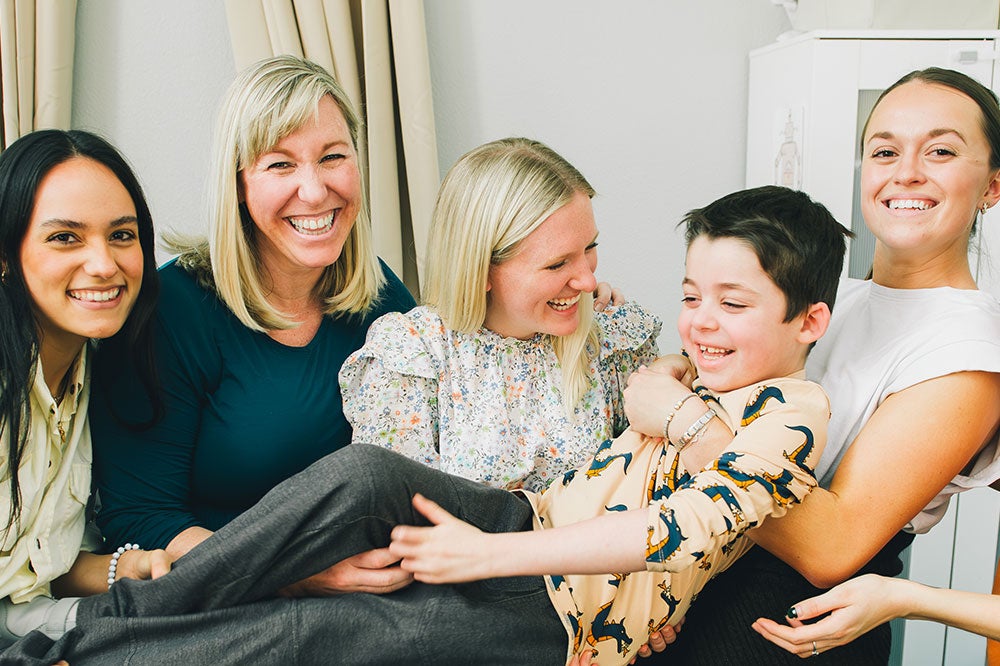
Laura Estep, assistant professor of practice in the Department of Special Education and clinical director at Autism Spectrum Instructional Resources (ASPIRE), has always been passionate about working with children.
Her dedication to the field was inspired by her parents, both of whom worked with individuals with disabilities. Her mother, a special education teacher, volunteered with the Special Olympics, while her father worked with the deaf and hard of hearing community.
“This early exposure sparked my interest in the field, although I didn’t know exactly what I wanted to go into,” Estep said. She was studying psychology as an undergraduate when she accepted an internship working with a young boy with autism.
“I couldn’t have told you much about autism at the time,” Estep said, “but I absolutely fell in love with my job. I had the opportunity to work with two more families during my undergrad studies, and from then on, my desire to work with individuals with autism was solidified.”
From Practitioner to Professor
She enrolled in the Peace Corps before applying to a graduate program in autism at the College of Education, earning her master’s and doctoral degrees while continuing to expand her expertise through clinical practice and working with ASPIRE.
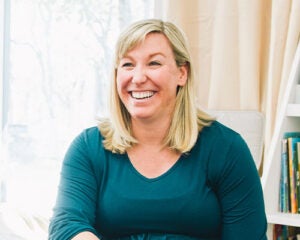
“For me, the two career paths are completely intertwined,” Estep said. “I have a hard time separating my clinical practice from my teaching because my clinical practice brings the stories to the classroom. I have that real-world experience.”
Working closely with individuals with autism and their families gave Estep a profound appreciation of the singular experience of each person.
I started to really see just how unique each individual is to work with, and how different my approach was,
Estep said. What worked for one didn’t necessarily work for another. I have loved figuring out the best way to connect with and support each person with their personal growth.
As an assistant professor, Estep teaches and mentors nearly 40 students across two cohorts and specialization areas of Early Child Intervention and Autism and Developmental Disabilities. Given the shifting nature of special education, she emphasizes the importance of training future practitioners and researchers to navigate any challenges they may face in their careers.
“One of my favorite aspects of working with graduate students is learning from them and their experiences as much as I hopefully teach them,” Estep said, citing in-class discussions and one-on-one meetings with students, to collaborative projects and research. “I am always impressed with the knowledge and perspective my students bring to the table.”
Advancing Knowledge Through Research
Research in special education and early childhood intervention is a collaborative effort between faculty and graduate students designed to enhance the daily lives of individuals with disabilities. Through innovative research funding and grants, the field continues to advance while providing invaluable learning opportunities focused on neurodevelopmental disorders.
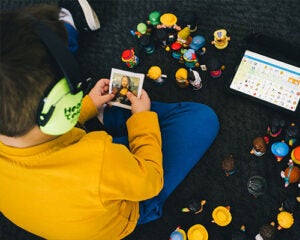
Recently, Estep and her colleague, Emily Porter, a professor of electrical engineering, secured a $500,000 R21 (exploratory/developmental) NIH grant to investigate the role of technology in detecting bladder fullness to improve toilet training for individuals with neurodevelopmental disorders. As part of this effort, they are researching a medical device and developing assessment tools.
What we know with individuals with disabilities in general is that sometimes they have a greater difficulty becoming independent with something like toilet training, or may do so at a later age,
Estep said. That is a barrier for a lot of families.
In Estep’s practice, individuals often struggle with recognizing when they need to use the toilet. To address this challenge, one approach involves increasing fluid intake to encourage more frequent opportunities. Another protocol follows a more structured schedule, prompting toilet use at regular intervals, such as every 90 minutes.
“There’s always guesswork in our current protocols,” Estep said.
Estep and Porter’s research explores the efficacy of external bladder sensors that send alerts to indicate fullness. Another key component of their study incorporates biofeedback, which helps individuals with disabilities become more attuned to their body’s sensations.
Estep and her team have been conducting focus groups with key stakeholders to assess factors such as wearability, cost and usability in order to develop a more proactive and effective device compared to those currently available.
The goal of the research is ultimately aimed at promoting greater independence among individuals with disabilities, whether in their homes, schools or in the community.
From Insights to Impact
Throughout her years of practice, Estep has primarily worked with younger clients between the ages of 5 and 15. One particularly meaningful case involves a boy she has supported for over a decade, giving her the rare opportunity to observe his development from childhood through adolescence.
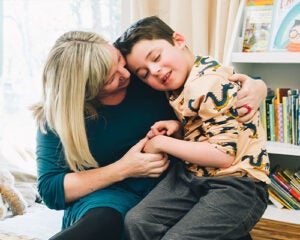
Diagnosed with what would now be considered Level 2 autism, he initially had limited verbal communication and struggled with conversation and social interaction. Now a teenager, he still stays in touch with Estep and continues to share his progress – a testament to the lasting impact of their work together.
“He’s a lot of fun,” Estep said. “We’re working on some social skills, some self-advocacy skills and executive functioning. But really, he’s just your typical sarcastic teenager.”
Many of the connections Estep forms with her graduate students, and the work that they have done together, evolve into lasting relationships long after graduation.
UT Austin and the College of Education brings in incredibly strong students, and I feel privileged to be part of shaping these bright minds,
she said. I love the flexibility and the creativity of our field.

